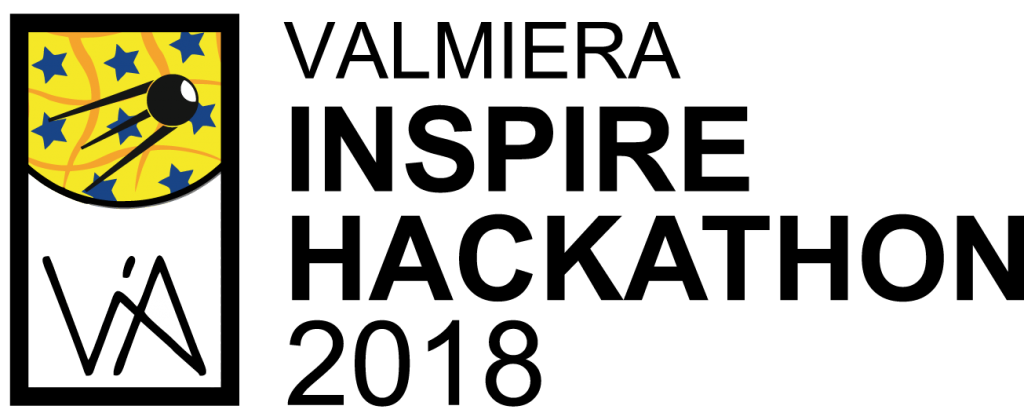
This event is part of the INSPIRE hackathon series and is oriented mainly on students. The participants are going to get an experience with processing and visualising spatially-oriented open data.
The main idea of the hackathon is to show students possibilities of work with spatial and open data both from the end-user and developer point of view. Results from co-organizing projects will be presented and developed data sets will be used. The hackathon is focused on 2nd and 3rd year IT students of the Vidzeme University of Applied Sciences (ViA).
Important Dates:
30th May – 1st June 2018
Venue:
Faculty of Engineering, Vidzeme University of Applied Sciences, Terbatas Street 10, Valmiera, Latvia
Participation
Students of ViA primarily. Participation is free of charge. Registration in advance is not necessary.
Topics
- visualization of 3D data,
- sensor data processing,
- integration of open data,
- development of smart application,
- analysis and visualisation of Copernicus data.
Organizers
Project ideas
- 3D Noise map – The goal of this idea is to create a demo application based on HSLayers NG and Cesium Plugin or simple Cesium library, which can visualize temporal data in 3D.Steps:
- Preliminary research on technologies – Cesium, CZML, spatio-temporal data
- Create sample CZML data from given data set
- Prepare visualization in Cesium
- Sensor data processing and visualisation – The goal of this idea is to prepare scripts to filter sensor data according to given limits or ranges and to detect anomalies and visualise sensor data by charts and tables on the Web.Steps:
- Preliminary research on technologies – SQL, spatio-temporal data
- Prepare scripts to processing given demo data set
- Preliminary research on technologies – spatio-temporal data, HTML, JS, chart library (e.g. D3, Chartsjs …)
- Using Big data and AI technologies like Apache Superset, Neural Networks
- Prepare web application to visualize demo data set in form of charts and tables
- Integration of available data sets with existing databases (OLU, SPOI) and design new Applications based on this. The goal will be to integrate available data to existing databases. It could be:
- Address registry
- Spatial plans.
- …
- Analyse and visualise Copernicus data –The goal will be to test data coming from Copernicus. It could be:
- 3D visualisation of Copernicus services
- Calculate different statistics for NUTS or Land Use
- …
